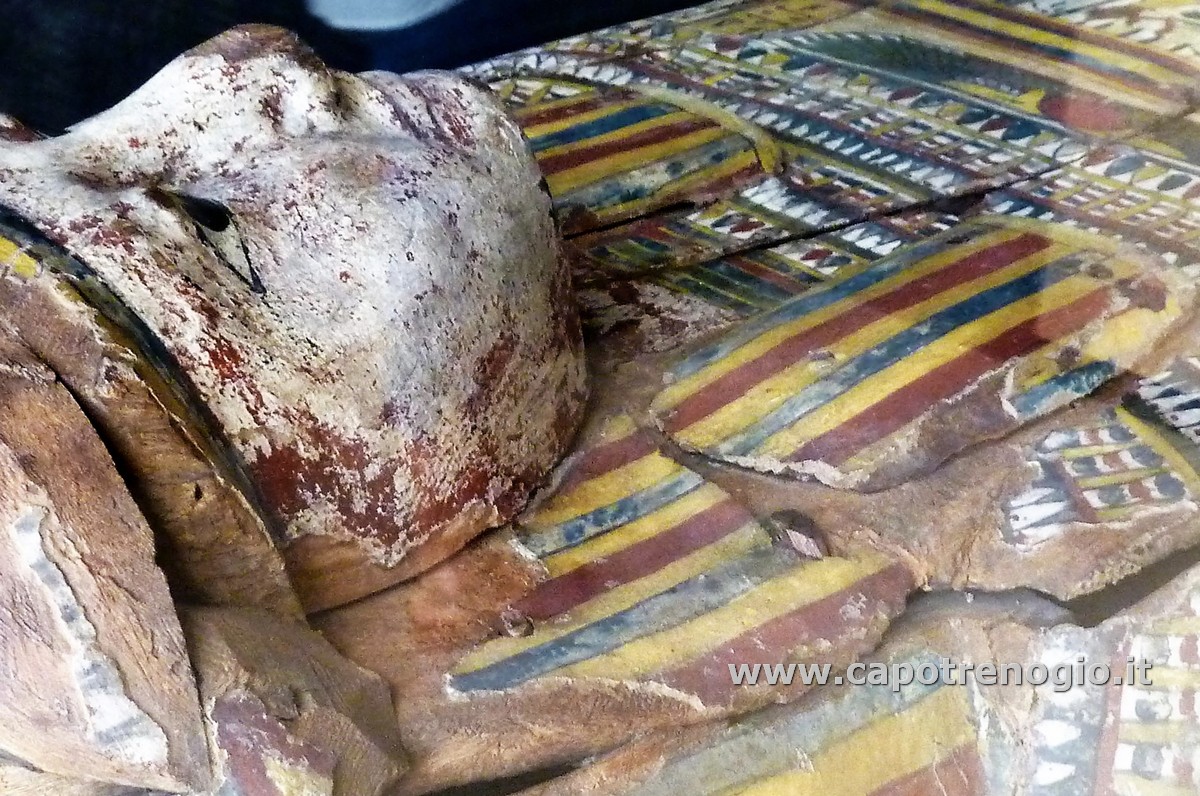
Egyptian Museum of Turin
Art and sculpture of ancient Egypt
Tour of the Egyptian Museum in Turin, considered the most important in the world, after the one in Cairo. Photographs and images of ancient stones, funeral objects of the pharaohs, sarcophagus, long papyrus and much more!
The Egyptian Museum in Turin holds art and culture of Ancient Egypt. It is made up of numerous collections, which have grown considerably over the years. This happened also thanks to the Italian Archaeological Mission between the years 1900 and 1935. In those years there was the criterion according to which, the archaeological finds discovered, in part would go to the archaeological missions, and in part would remain in Egypt. Today, however, it is expected that every exhibit found in the Egyptian territory, remains within the confines of the state.
The Egyptian stones
The Egyptian stone is a vertical slab decorated with reliefs and inscriptions. Many of these have been found in some countries of the world such as Egypt, Greece and even some in China. The Egyptian stems often have a funerary and commemorative meaning. Usually they were stuck in the walls of the tombs, to ensure prayers to the deceased.
The papyrus
The papyrus was a plant that grew along the Nile. All its parts were used for different purposes, but the most important was the stem, which, once worked, was transformed into paper. Only expert scribes wrote on papyrus sheets. To write about them, they used ink obtained by dipping the brush into the water. Hieroglyphs can be found on papyri, but also on tombs and statues. They were used in particular to write sacred texts and prayers. For everyday things, however, the scribes used a georglifical script called "hieratic". At the Egyptian Museum in Turin, is exposed a papyrus of thirteen meters long !!
The houses of the Egyptians and the funeral equipment
The Egyptians believed that there was another life after death, and for this reason, they made numerous cures to the preparation of life in the afterlife. The body had to be kept intact, and it was necessary to bring with it the most expensive objects. But only the most important and rich people, the Pharaohs, could hope to keep their body intact, through a particular technique: "mummification". Once the body was mummified, it was brought into the pyramid, along with all the objects: jewelry, clothes, furniture, food of all kinds. This was the funeral kit.
The sarcophagus
In ancient Egypt, the use of the sarcophagus dates back to the early dynasties. The sarcophagus is a majestic tomb, of precious stone, very often enriched with bas-reliefs and decorations. Hieroglyphic phrases were also transcribed on them. The sarcophagi were intended for the richest people and the pharaohs.
The statues of the pharaohs and their deities
To show their magnificence, the pharaohs had statues built for themselves. Depending on the importance of the person depicted, the size of the statue varied. The pharaohs therefore had very high statues, as you can see in the following images.





